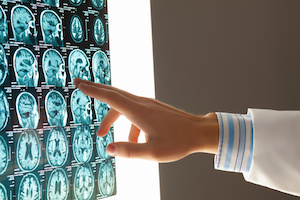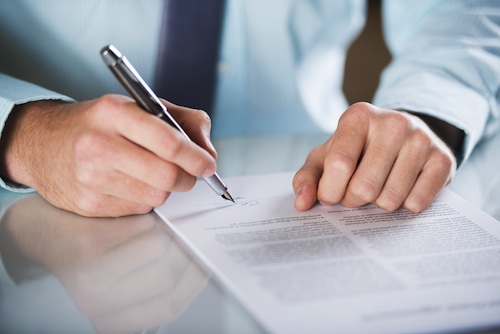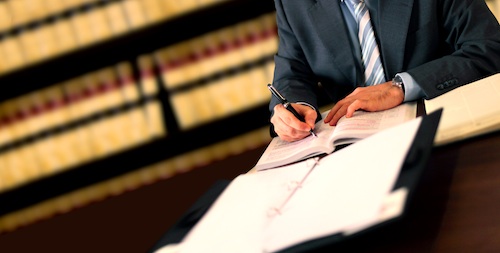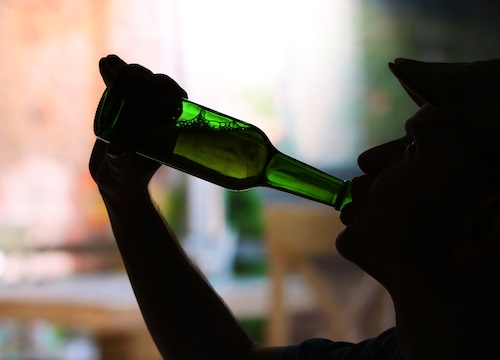Pennsylvania’s Supreme Court made a significant ruling on expert witnesses this week when it determined that juries may hear experts testify to the reliability of eyewitness identification. Social scientists have dedicated years of study that casts doubt on the ability of eyewitnesses to accurately recall events – meaning that juries may be making decisions based on incorrect accounts. Many state jurisdictions and federal courts already allow expert witnesses to inform jurors about the unreliability of eyewitnesses, making Pennsylvania the latest in a long list of courts to take this step.
Eyewitness Testimony is Questionably Reliable
Study of the human brain has revealed that we have difficulty accurately recalling information, and often fill in the memory gaps with embellishment or fiction to produce a false account of what occurred. Much of this is subconscious, meaning that eyewitnesses may believe they are telling the truth, but, regardless of intent, scientists suggest that many eyewitness reports are tainted by untruths that could significantly alter a juror’s perception of what occurred. From misidentification of a defendant, to inaccurate recollection of events, experts on eyewitness testimony have identified a number of concerning legal consequences of the human brain’s inability to accurately recall information.
Complicating the inaccuracies that plague eyewitness testimony is the value that jurors place on that type of evidence. Jurors find eyewitnesses to be strongly convincing, which means that trials are heavily influenced by information that is potentially unreliable given the source. Further study has demonstrated that jurors are not able to tell when an eyewitness is lying, so there are few safeguards in place to prevent reliance on inaccurate testimony. Although the effect of an eyewitness expert testifying to the unreliability of personal recollections at trial is unknown, many legal jurisdictions have recognized the importance of having an expert inform the jury of the scientific community’s investigation into eyewitness accounts.
Pennsylvania’s Eyewitness Identification Expert Ruling
Pennsylvania’s Supreme Court considered the case of Benjamin Walker, a man convicted of a 2005 robbery of two college students in Philadelphia. Walker, who is serving 35 years in prison, was convicted because the victims identified him during their testimony. Walker and his attorneys brought the challenge in an attempt to allow him to present a psychology expert witness who would explain to jurors that eyewitness identifications are potentially unreliable.
The four-justice majority in the case agreed with Walker’s argument, and determined that Pennsylvania jurors will now be allowed to hear expert testimony on the reliability of eyewitness identification. Writing for the majority, Justice Debra Todd stated, “Twenty years of advances in scientific study have strongly suggested that eyewitnesses are apt to erroneously identify a person as a perpetrator of a crime when certain factors are present.” Finding that the statistical evidence suggesting the inaccuracy of eyewitness testimony is “substantial,” Justice Todd supported the use of expert testimony to inform jurors of concerns of eyewitness identification.
Eyewitness Expert Testimony Ruling Not Unanimous
Two judges on Pennsylvania’s Supreme Court dissented from the majority, writing that a better approach would be to allow the judge to inform jurors about the potential issues with eyewitness identification during juror instruction. Arguing that allowing expert witnesses to testify about eyewitness identification would open the door to allow experts to confuse jurors with testimony questioning all aspects of eyewitness accounts. Chief Justice Ronald Castille went on to defend jurors’ ability to understand the problems with eyewitness identification, saying that social science experts are not needed to inform juries about “matters affecting human perception and recall.”
Despite the dissent, which seems to ignore convincing study on the value of social science experts on eyewitness testimony, many criminal defense attorneys consider the Pennsylvania decision to be a step in the right direction. Defense attorney organizations argue that allowing eyewitness experts to testify about recall problems will help reduce wrongful convictions, and Pennsylvania’s decision to join other jurisdictions in allowing social science expert witnesses to contribute testimony is a positive outcome for the integrity of criminal prosecutions.












